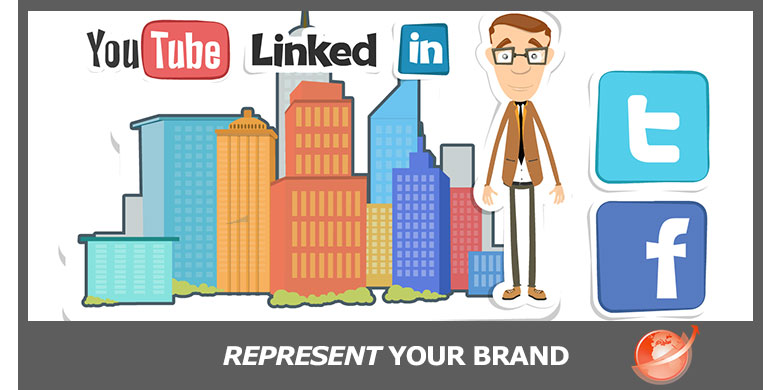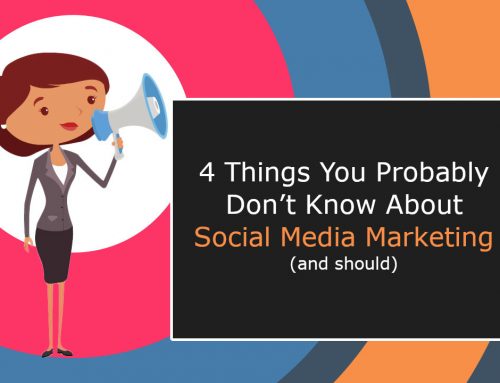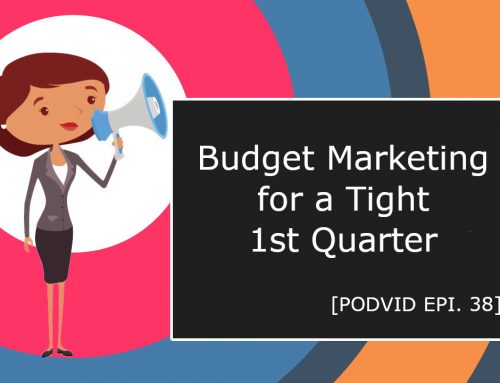Your brand is everything when it comes to your business, and your business is not your brand. Your business is what you do professionally to earn money, and your brand is much more. Your brand is a mix between yourself, and what you’re selling – be it a product, service, or information. Your brand is the best parts of yourself, combined with your businesses core values, intent, and purpose.
What’s in a Name?
Your business might have a generic name like “Sprockets” to represent a hardware store, or it could have your name attached, as with “Joe’s Sprockets”. The name of the business matters for your brand, because you need to determine if the name of the business is part of that branding. Companies like ExxonMobil use their name as part of their brand, to be included as part of their logo. In fact, their logo IS their name, and the name – part of their brand. Exxon’s brand is to offer petroleum products, but also to give back to the community and the environment through maths and science programs, a malaria program, worldwide giving, standing up for human rights, and caring for the environment through clean best practices. All of those things make up their brand, and when people see their red logo, they associate the company with all of those things – their brand. (Or so a company hopes).
How about a Logo?
We’ve said that your brand is not just your company name, or even your name. A brand is a bunch of other things that are less concrete and ever-changing, adapting and growing. Your brand is not your logo but it is part of it as well. Choosing a good logo is rather important, because that is what people will come to recognize you as, wherever they see it. A logo should not be incredibly long, or even more than two words. A logo should be bright and appealing to look at, without being harsh on the eyes or annoying to look at. It should not have any elements which move, and should attempt being timeless.
Perhaps one of the best examples of this is the DeBeers Diamond Company, whose plain black and white logo has stood the test of time. Most companies hire a logo developer to create their logos because the developers know the best uses of colour and which colours are hottest in advertising. You can tell them which you prefer to use, and they can advise if those colours work together, or are making people sit up and pay attention. You can also design one yourself, but be prepared to run many split-tests and watch your analytics so you can see which performs best across audiences. The trouble with this is, you don’t want to go live with a new logo until you’ve chosen it completely, people don’t like change much, especially when they’re loyal to a brand. You may find you need to survey people on which new logo design they prefer before taking it live, though some good engagement can come of asking your audience to pick your new logo! If you must use a picture in your logo, it should be more symbolic than an actual picture. Use simple lines, shapes and suggested motion in your logo (as with arrows or upward/downward lines) and try to keep it simple.
Clutter in a logo just makes people’s eyes get lost and not sure where to land.
What if I AM My Brand?
Sometimes, what you’re selling is yourself in the form of information, guidance, help, tutorials or any other form of selling your services. If you are your brand, then it means you’re likely using your own photo as your social media picture. In this case, your logo and your business name aren’t under consideration because it’s your own name, and your own face you’re leveraging. You’ll want to make sure you get a photo on your page that everyone will react to favorably, and we’re not always the best judges of our own photos. We, as humans, tend to attach emotion and memories to a photo, and when we look back at it we’re reminded of the day, or how hot the sun was, who was beside us as we took the photo, or any other number of triggers. Due to this bias, we cannot trust our own judgment – even more so when you consider that people are their own worst enemies,and narcissists aside – tend to nitpick every little fault or feature. We see ourselves differently than everyone else does, so let everyone else be the judge instead. Ask your friends, family, and even acquaintances to pick their favorite photo out of ten. If you’re going to stand for your brand, then you need to have a photo everyone will love, so that when they see your face they’ll instantly recall your name. Do recall, the same values apply here as above – you are the brand, what you’re selling is part of you, your core values, strengths, and what you stand for.
People who see you in public will associate you with that brand, so be sure you’re never doing anything dodgy in public to smear your image.
Branding in Social Media
Social media is the biggest platform for your brand to be seen and noticed upon, and you are capable of creating an impressive reach by using it. By placing your logo, your business name (or your name!) out there, you’re effectively introducing your brand to the world. You want to make sure that people know what it is you stand for, what your mission statement or purpose is, and what you hope to accomplish not just for yourself, but for your community. You want to be seen as giving back to the public, and giving something of value. If you support a shelter that takes in abused puppies, and you volunteer there 4x a week, tell people! You can even throw in a link to their site asking your followers to help out if they’re in the area, or consider a small donation. Don’t do this so often that you run your audience away, but doing something like this in the beginning creates a link between you and that charity. Other things you can consider, are supporting the local sports team by becoming a sponsor, or talking to a radio broadcaster to be part of a live show/giveaway.
You want to appear to be a rockstar to your audience, and also approachable. You’re trying to infuse your brand with trust, and doing that takes a bit of time and a lot of support from the public. You want to explain to them all the reasons they should trust you, and not always in words. Sometimes your actions will do that for you. Build your brand with your core values at heart, and try to become a pinnacle in the community you serve.
People will begin to see your face, or your logo or your name, and they’ll associate you with your brand.
—THOUGHT
“Hey did you see that post from Joe’s Sprockets? They showed this little puppy at a shelter, you should have seen the before and after photos, they really saved that little guy – I guess they volunteer there quite a lot, maybe we should go help one day a week?”
THOUGHT—
- “Tonight’s high school rugby match is brought to you by Joe’s Sprockets, who I hear is in the stands tonight. Stand up Joe! There he is, everyone wave hi to Joe! Don’t forget to stop by there for all your hardware needs. Thanks Joe!”
Your brand is you, it’s your livelihood, it’s your values and your purpose. Make sure that brand is worth remembering, and worth knowing in the first place.






![Do you know BERT? [Google SEO]](https://magiwebsa.com/wp-content/uploads/2019/11/podvid-epi35-cover-500x383.jpg)